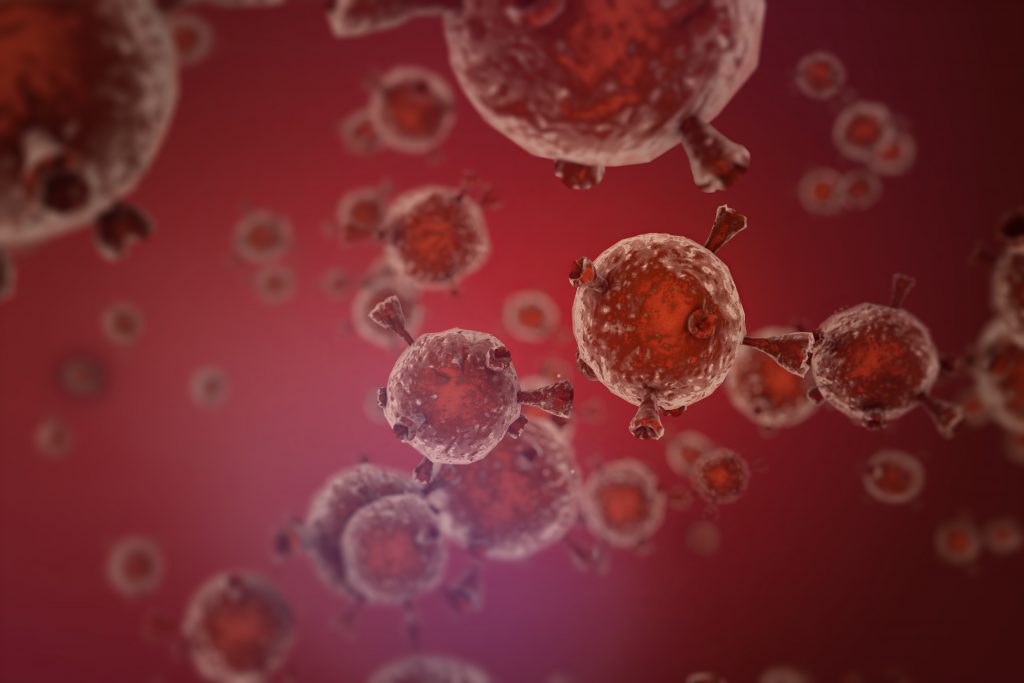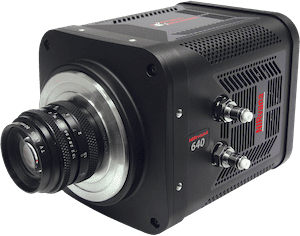Fan Zhang
Nature Communications
Anti-quenching NIR-II molecular fluorophores for in vivo high-contrast imaging and pH sensing
Introduction
Development and testing of new molecular/nano-bio probes is an important part of NIR-II/SWIR biological imaging and diagnostics. Research in particular is focused on finding probes of high efficiency that can be used in human/clinical applications. Previously the lab of Moungi Bawendi at MIT successfully demonstrated use of a fluorophore called indocyanine green (ICG) which is clinically approved but does not optimally emit radiation in the desired wavelength range

In a recent article in Nature Communications researchers around Fan Zhang from Fudan University (Shanghai, China) developed molecules similar to ICG but optimized to emit in the NIR-II/SWIR wavelength range while still exhibiting low toxicity for potential clinical applications. The researchers demonstrate imaging up to 8mm into tissue as well as reliable, non-invasive measurements of pH values in mouse stomachs. Having demonstrated the basic use of this class of fluorophores opens up the path to more wider applications in biomedical sensing.

